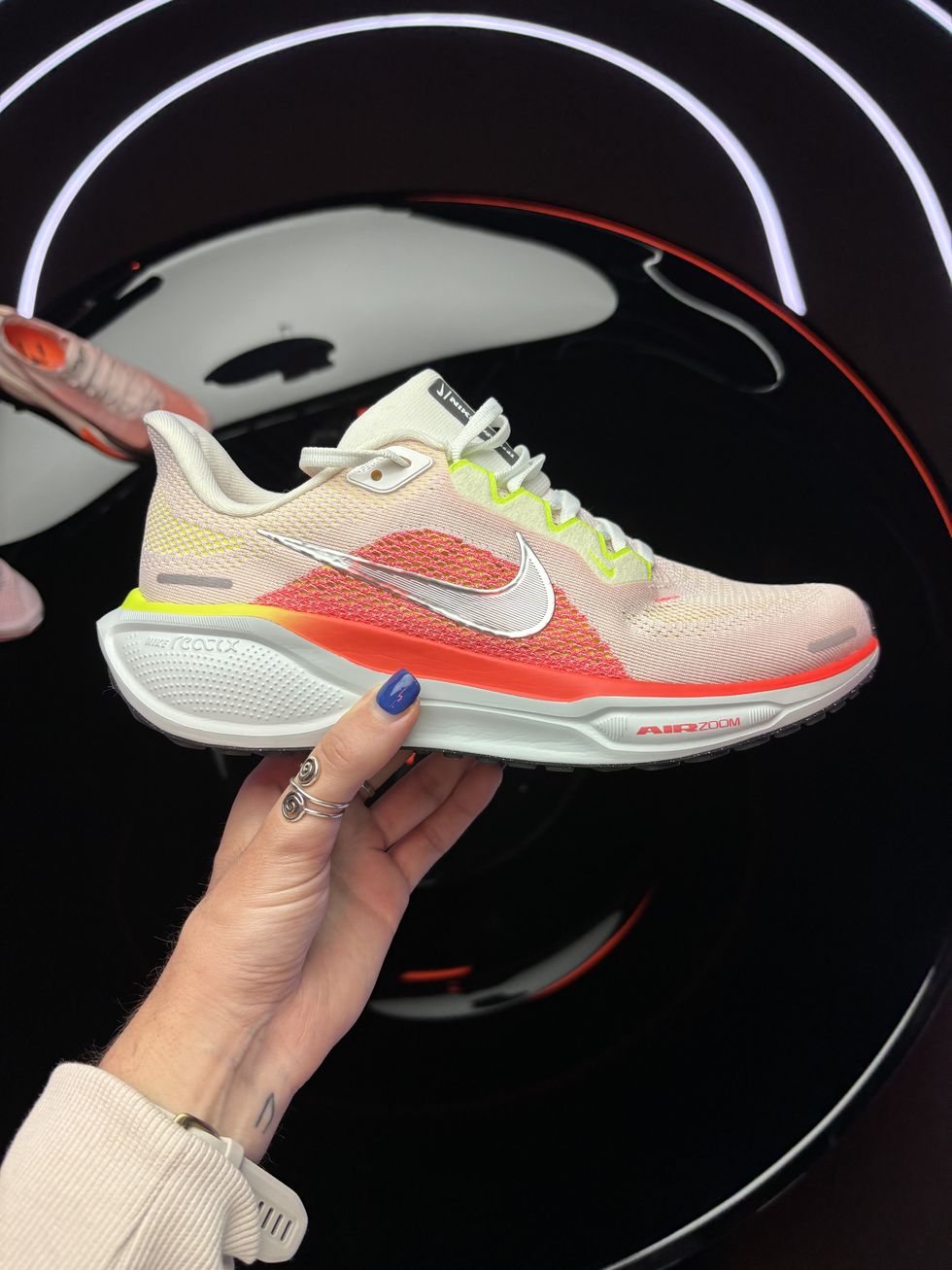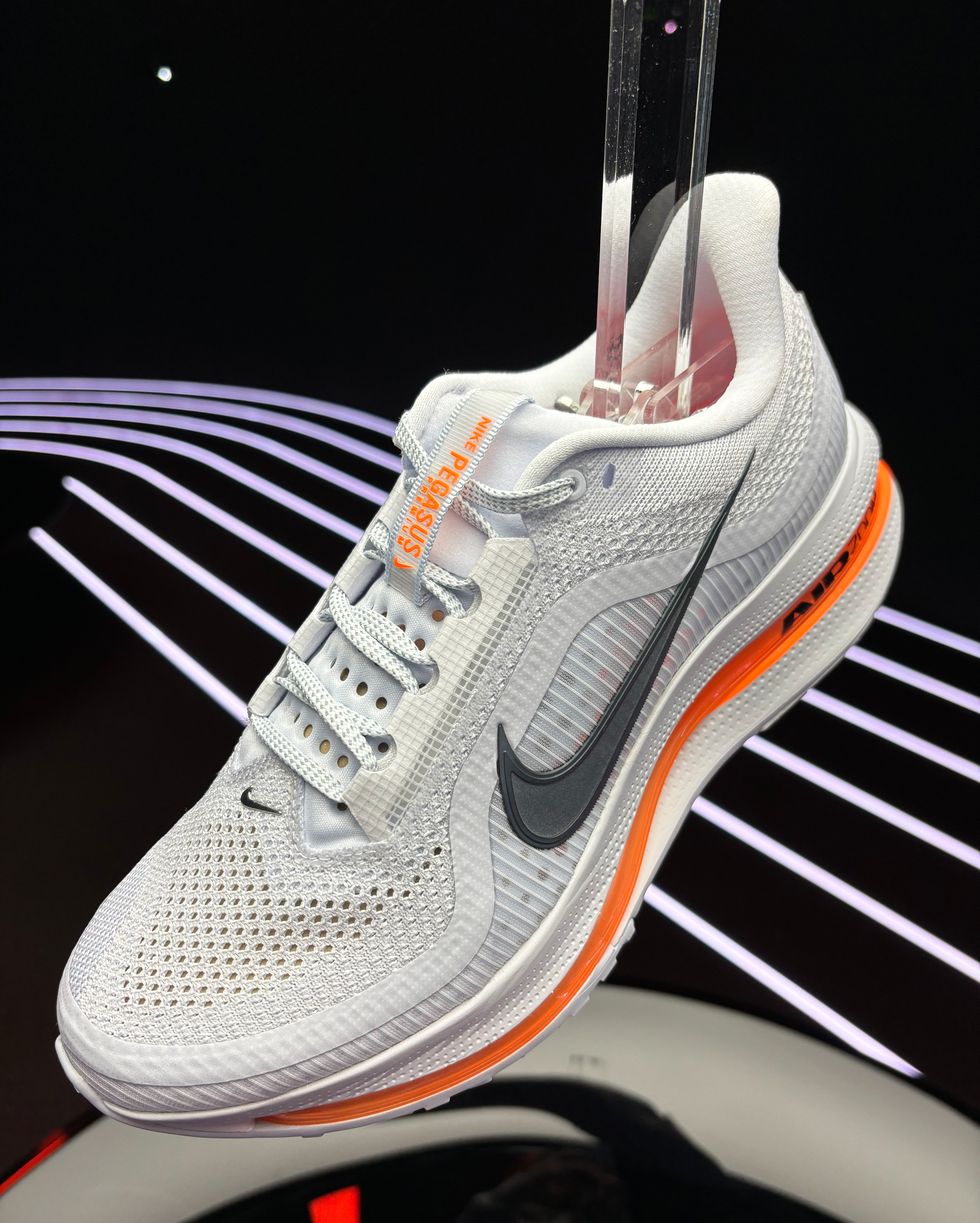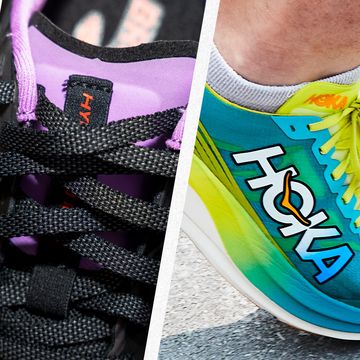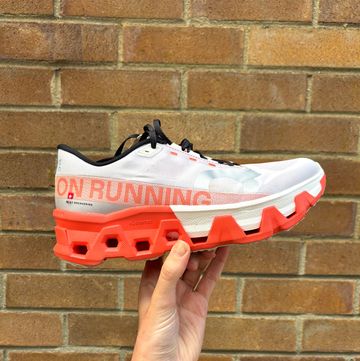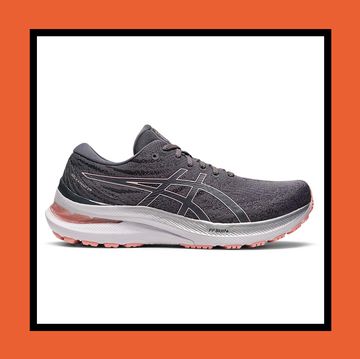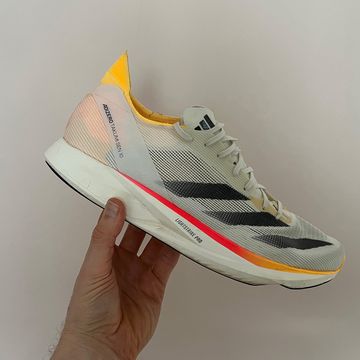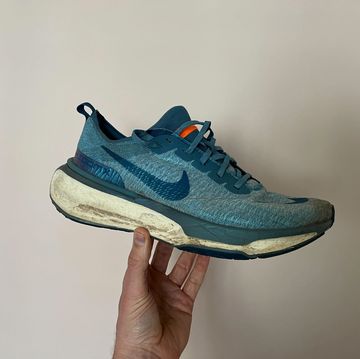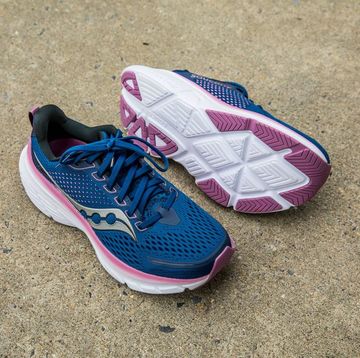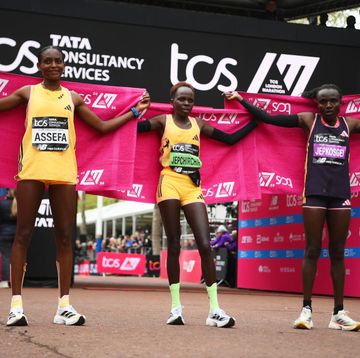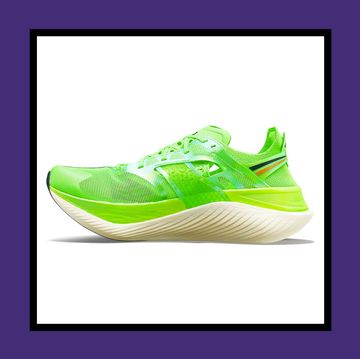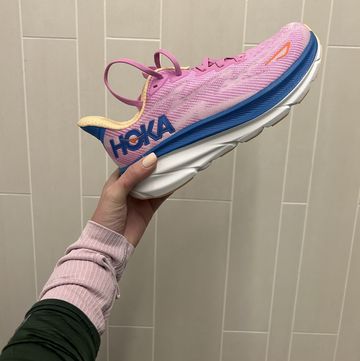Want more tried and tested recommendations from the RW editors? Sign up to our new weekly newsletter Kit Bag, coming soon. Click here to subscribe.
It’s hard to find a running shoe that has a legacy longer than the Nike Pegasus. The reliable daily workhorse has gained a huge cult following since its original release back in 1983, thanks to its versatility across almost every kind of run and its great value for money. Now, Nike has announced that the 41st iteration of the Pegasus will be on sale this June, along with a brand new innovation, the Pegasus Premium, arriving next spring.
At Nike's On Air exhibition in Paris, RW caught up with Tony Bignell, the brand's VP of Footwear Innovation, to discuss key updates and to find out how the team continue to reimagine the Pegasus over four decades later.
‘First of all, it’s a lot of pressure – don’t mess it up,’ jokes Bignell. ‘No, we spent a lot of time going through the history and heritage of the Pegasus and, like anything, you've got some that were brilliant and some that weren’t so brilliant. So, you're trying to make sure you keep hitting those high notes.’
For Bignell, who joined Nike in 1996 and was part of the team that worked on the Breaking2 project, the “high notes” that define the Pegasus include ‘pretty good cushioning, a good midfoot fit, durability and a responsive pop’.
Reflecting on the Pegasus 40, he says the team really liked the fit – ‘it was pretty consistent’ – and therefore the 41 has been built on the same last, with the same midfoot support and lining materials in the collar and tongue.
‘Where we thought we could improve was the responsiveness,’ he says. For the latest iteration, Nike is debuting its new ReactX midsole foam. According to Bignell, this provides 13% more energy return than the Pegasus 40’s React foam.
‘It’s for sure the most responsive Pegasus ever,’ he says, describing the v41 as ‘democratic’ in its cushioning.
‘You’re not going to feel too high and unstable, but you’re not going to feel too low and feel the road. You’re just going to feel good.’
There’s been a 1mm increase in the stack height, with the Pegasus 41 coming in at 34mm at the heel and 24mm at the forefoot. But the 10mm heel-to-toe drop remains the same and there’s the usual Air Zoom units in the forefoot and the heel to complete the cushioning system.
The upper material is another area that sees a re-design, now an engineered mesh that’s lighter, more breathable and more comfortable than previous models, according to Nike.
Sustainability has been a big consideration too, with Nike claiming the Pegasus 41 uses 43% less carbon in its production compared with the v40. The ‘boring bits you don’t see’, including the linings and reinforcers, use recycled materials, Bignell adds.
As for the future of Nike’s running shoes, Bignell says the team has been thinking about how they can make their line-up ‘a little bit more simple for everybody’.
In terms of the brand’s staple, everyday running shoes, Nike plans to simplify things with three key ‘families’ of products.
‘In the middle will be the Pegasus with its responsive cushioning – the kind of shoe you’d send to somebody,’ says Bignell.
For someone looking for more structured cushioning, there will be the Nike Structure, and for those seeking a really cushioned feel, Nike will be streamlining the Vomero – currently on its 17th iteration.
‘There’s 85 years of heritage [within those shoes],’ says Bignell. ‘So then we build [the lines] up.’
This includes a standard and Premium version of each shoe, along with some additional plans that are currently under embargo. Many of Nike's other running shoes will be streamlined into these three 'families'. The Nike Invincible 3, for example, will become the Vomero Plus, says Bignell.
In Paris, we received a first-look at the Pegasus 41 Premium, which Bignell describes as ‘the Pegasus on steroids’.
‘It’s for exactly the same person that loves the Pegasus and wants more of it. It’s going to make your runs even easier, even more comfortable and even more bouncy.’
The Pegasus Premium features Nike's first full-length, contoured Air Zoom bag sandwiched between ZoomX foam. The contoured air bag is intended to mimic what a carbon fibre plate does for a racing shoe, delivering a propulsive ride that maximises energy return.
According to Bignell, the innovation has taken 'a very long time' to develop, a joint effort between Nike’s designers, engineers and scientists at Nike Air Manufacturing Innovation and the Nike Sport Research Lab. Digital capabilities such as finite element analysis — a computerised method for predicting how a product will react to physical forces — helped Nike teams to test the sculpted Air unit to predict how it would react to the repeated pounding of running.
The shoe also features the new ReactX foam at the heel.
‘We feel really proud of [the Premium] and, eventually, your [standard] Pegasus is going to look like this 10-years down the road,’ says Bignell. ‘But we will continue to innovate to make something better’.
Runners will have to wait some time to get their hands on the Pegasus Premium, however, as the shoe isn't due to be released until spring 2025. It will retail for $220.
The Pegasus 41 is on sale from June 2024 from Nike.com and select retailers.




